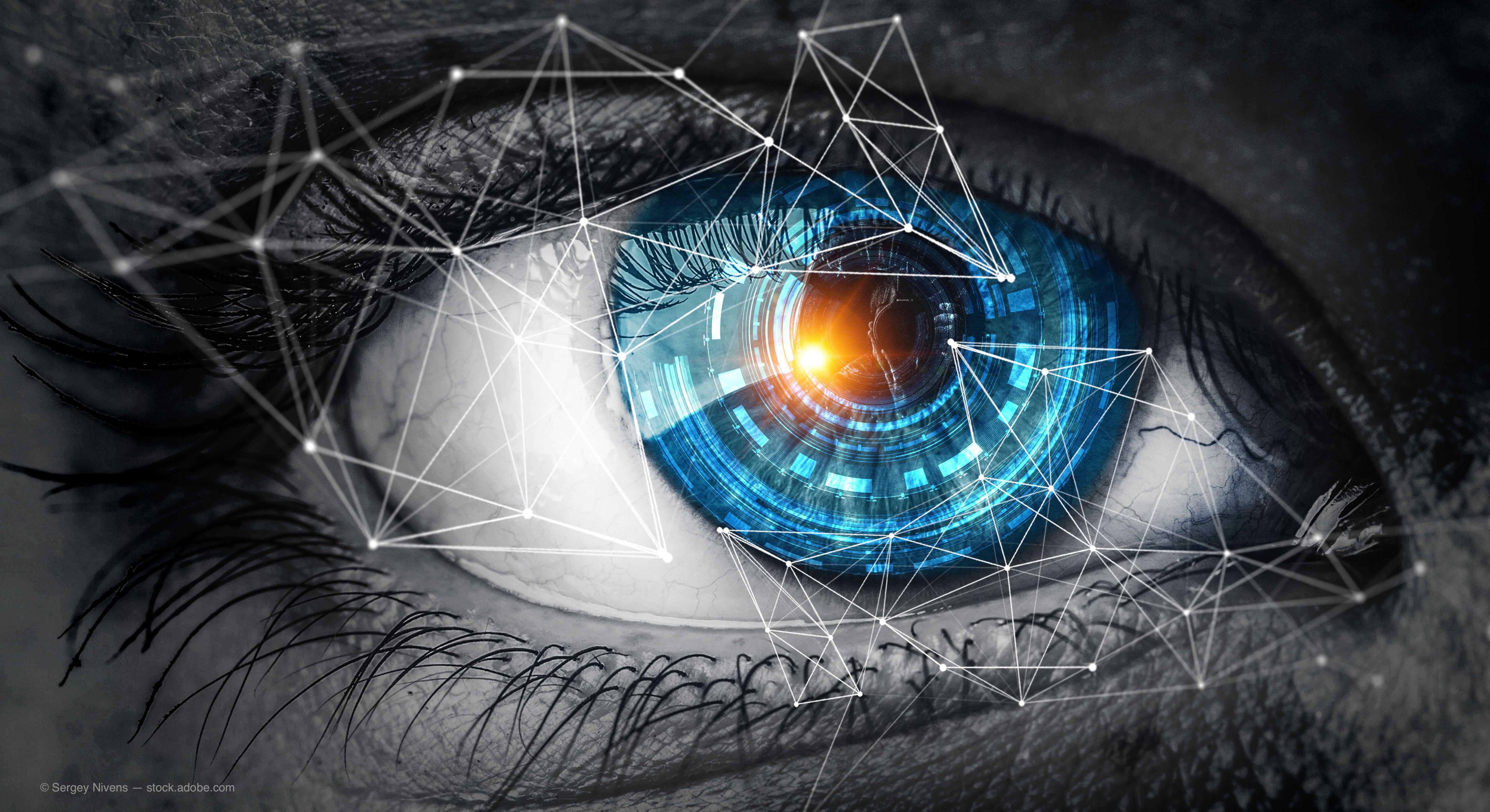Battery-free, smart contact lens delivers glaucoma drugs
Investigators from the Sun Yay-Sen University in Guangzhou have created a theranostic device that targets sensing rising fluid pressures within the eye to automatically deliver medication for a glaucoma patient.
Early testing of a smart contact lens shows promise for treating glaucoma, according to researchers in China.

Investigators from the Sun Yay-Sen University in Guangzhou have created a theranostic device that targets sensing rising fluid pressures within the eye to automatically deliver medication for a glaucoma patient.
The wireless, double-layer contact lens measures intraocular pressure (IOP) by using small sensors—similar to that of a sandwich—that, when squeezed together, create an electrical signal.
When strong enough, the signal directly triggers the delivery of an anti-glaucoma drug. The drug is stored in a hydrogel layer that is within the lens and is delivered into the cornea with the aid of a weak electrical current.
The wireless, double-layer design of the contact lens creates a device that is minimally invasive, battery-free, and has the potential for large-scale production, as its manufacturing process is compatible with the commercial production of printed circuit boards, according to investigators.
The researchers recently published their findings in Nature Communications, where they reported results from testing the lens on the eyes of pigs and live rabbits.
In the rabbit experiment, the anti-glaucoma drug delivery lowered the IOP by about one-third within 30 minutes. It also helped to maintain those levels for a longer period of time when compared to delivery of the same drug via an eye drop (in which the IOP quickly bounced back).
Additional research is needed before clinical testing of the contact lens device can be done on human patients diagnosed with glaucoma.
According to researchers, the ideal device would consistently respond to fluctuations in an individual’s IOP before it ends up causing irreversible vision loss.
Newsletter
Want more insights like this? Subscribe to Optometry Times and get clinical pearls and practice tips delivered straight to your inbox.